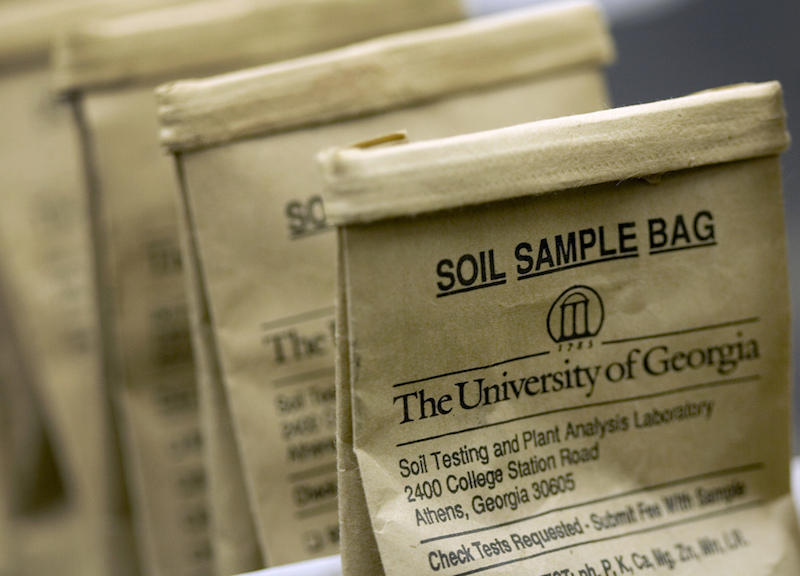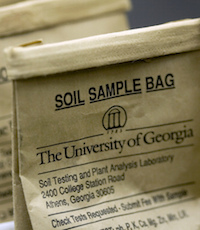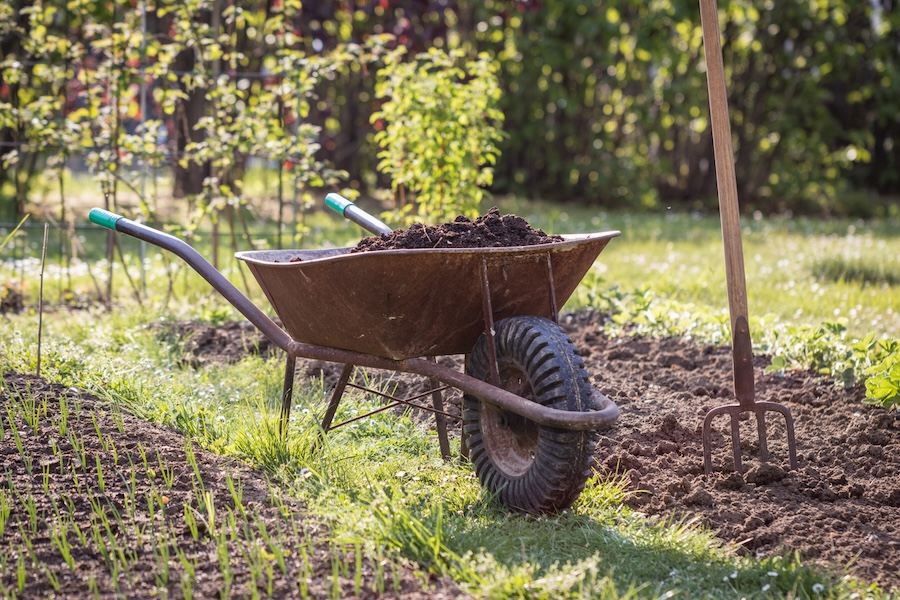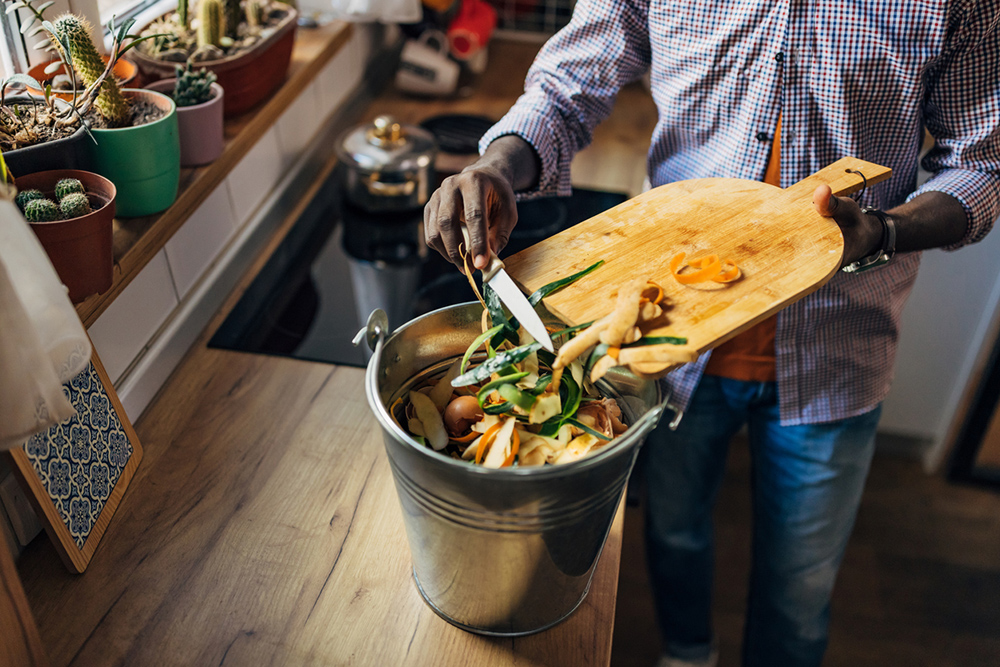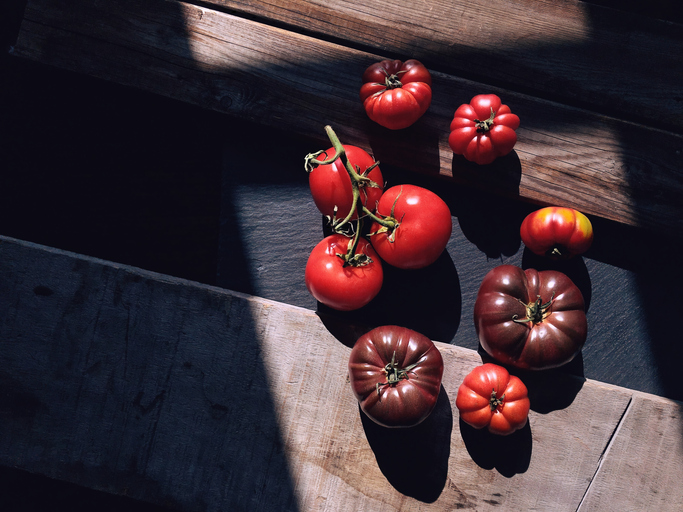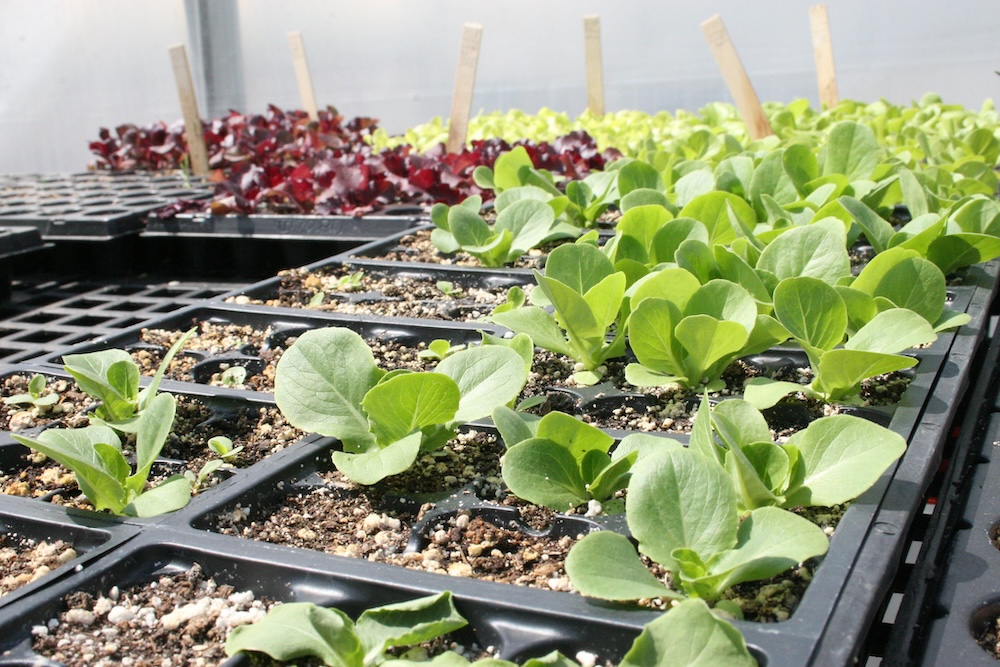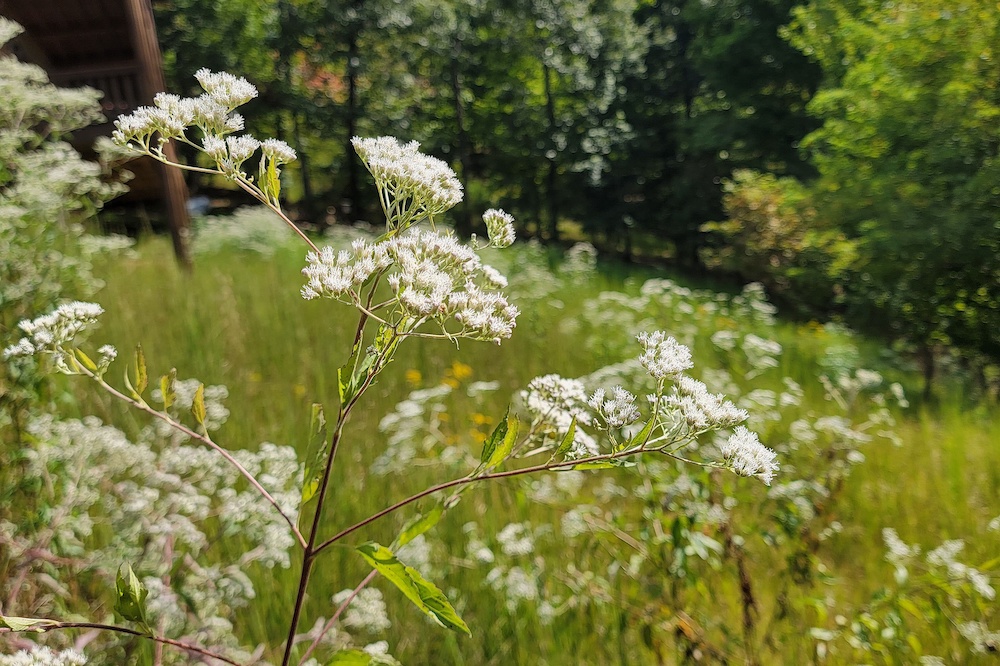Backyard gardens have stopped producing, and everything has been bitten by a couple of hard, fall frosts. There’s not much to do in the garden this time of year, but you can get ahead of the game for next year’s vegetable garden by taking a soil sample now.
Taking the time to gather a soil sample from your garden spot will help you plan and make changes to your garden’s fertility. The results and recommendations of a soil sample will insure all the hard work and effort that goes into developing a garden will not be in vain.
Soil pH is the "gatekeeper"
One of the best pieces of information a soil sample report reveals is the soil’s pH. In a way, soil pH is the “gatekeeper” of the nutrients in the soil. When the pH is low, or on the acidic side, nutrients are not available to be used by the plants even if you add fertilizer.
When the pH is where it needs to be (in the 6.0-6.5pH range) the nutrients that are put on the ground, such as compost or fertilizer, are easily absorbed by the plants and put to use. Lime is often called a poor man’s "fertilizer” because you tend to see a growth response from plants as the pH goes up and nutrients become more available for use.
Collect a variety of samples
The information in a soil test report is only as good as how the sample was gathered. Taking a sample in a garden plot is fairly straightforward. You will need a clean, plastic bucket and a garden trowel or spade. Start at one corner of the garden and take a thin slice of soil about 6 inches deep. Move along the garden in a straight line 15 to 20 feet away and remove another thin slice of soil. Add that to the bucket and mix the soil from the two spots together.
Work along the garden in the same way until you reach the other end. Move over 4 to 6 feet and take a sample every 15 to 20 feet. Continue to work your way through the garden in a serpentine pattern until the entire area is covered.
Take soil to your Extension office
When finished, you should have taken samples from about 10 to 15 sites in the garden. Be thorough when taking the samples, so the entire garden is equally represented. Mix the soil in the bucket and remove about a pint of soil. Bring the pint of soil to your local University of Georgia Cooperative Extension office.
Soil samples cost $8, and results are usually ready in about 10 days. Soil reports can be delivered via regular mail or e-mail. For more information, contact your UGA Extension office at 1-800-ASK-UGA1.

